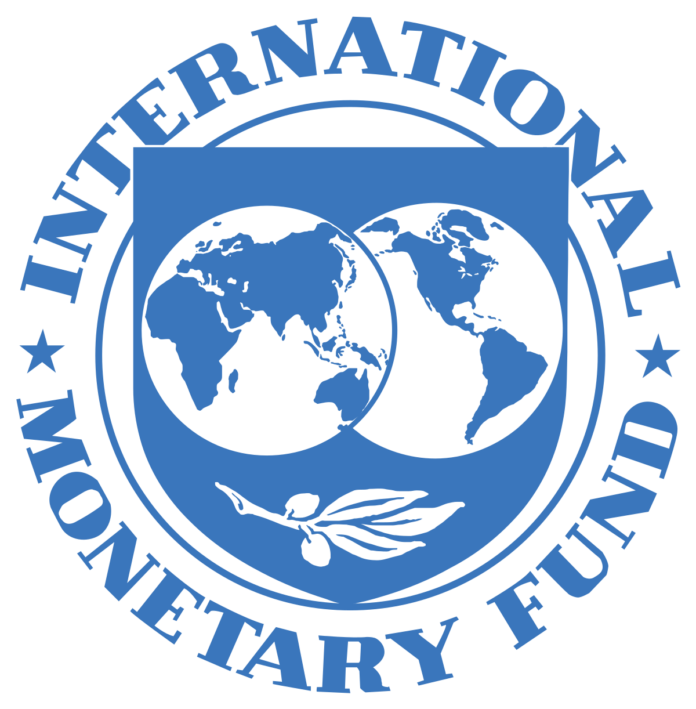Pakistan’s economic crises continue unabated with the latest round of conversations between the Government of Pakistan and the International Monetary Fund (IMF) still in doldrums. This is the 23rd bailout loan from the IMF to Pakistan since 1959. But why does Pakistan go back again and again to the IMF.
In a recent series of tweets, the former Governor of State Bank of Pakistan who previously worked for the IMF, Murtaza Syed laid out why this has happened.
According to Syed, “we are the IMF’s most “loyal” customers (Argentina with 21 is no. two). By contrast, our Midnight twin, India has only ever been to the IMF once. Running to the global emergency ward 23 times in 75 years is no way to run a country.” Further, “Pakistan has less than $3 billion in reserves today. Our reserves have never exceeded $21 billion in our history. Bangladesh has around $35 billion, India has around $600 billion and China has around $4 trillion.”
Syed notes, “Countries go to the IMF when they run out of foreign exchange reserves. These reserves are needed to pay for imports and to pay back money borrowed from foreign countries, the IMF and World Bank, and foreign residents. A country builds foreign exchange reserves either by (1) running a current account surplus (exports plus remittances exceeding imports) OR (2) attracting foreign currency inflows that exceed its current account deficit (reverse of surplus).”
As Syed points out, “In our history, we have hardly ever run a current account surplus (unlike the Asian tiger economies). Sometimes our current accounts deficits have been very large (more than 3% of our economy). Whenever this has happened, we have typically had to go the IMF shortly after. Our current account deficits occur because our exports have always been abysmal. As a share of our economy, they are only around 10%; in successful countries, they are more like 20-30%. Note that a country’s current account also reflects how much it saves and invests. If a country invests a lot, it typically needs to import machinery and get funds from abroad. Therefore, it runs a current account deficit. This kind of current account deficit is healthy as the investment will generate future growth and exports that can be used to pay back the foreigners from whom the capital was borrowed. In addition, if the capital borrowed from abroad is in the form of foreign direct investment (FDI) rather than debt, it is even better as it means that if the economy does not do so well, the country does not have to pay back as much.”
Unfortunately, as the former Governor of State Bank of Pakistan notes, “our current account deficits fail on both counts. First, they occur not because we invest too much. Our investment as a share of our economy is only 15%; in successful countries, it is around 30-40%. They occur because we don’t save enough and consume too much. At 95%, our share of consumption in the economy is even more than in the US, which is notorious for being consumption-obsessed! This over-consumption increases our imports and does not allow us to build exports. The tendency toward over-consumption is reflected in both the public & private sector. The pub sector runs large fiscal deficits (typically a whopping 5-8% of our economy) and the private sector (people & companies) does not save enough due to cultural habits & poor banking services.”
Next, Syed notes, “the way we finance our current account deficits is not through FDI (which is less than 0.5% of our economy compared to 2% in successful countries) but by the government going out and borrowing from abroad. This increases our debt burden significantly. So when do we run out of foreign reserves? When our import bill rises beyond a reasonable amount because of global prices or too much demand in Pakistan and when we have not been able to attract enough funds from abroad to pay for the debt that is coming due to foreigners.”
As Murtaza Syed points out “In technical jargon, whenever our external financing needs (current account deficit + foreign debt coming due that year) exceed our available external financing (from FDI, borrowing from countries, foreign residents, and IMF/World Bank), our foreign exchange reserves fall.
If this gap between available financing & financing needs is too big or continues for too long, we eventually run out of reserves and we need to go to the IMF. It is not hard for a govt to see this coming in advance and so it should not happen often. But bad planning gets you into trouble.”
In conclusion, Syed states that there are four things that Pakistan needs to do “(1) increase our exports to at least 20%, (2) increase our savings and investment to at least 30%, by running a tighter government budget and making banks work better. (3) attract more FDI and less debt to finance our current account deficit, and (4) plan our external financing needs and availability in advance so that we are not caught by surprise all the time. Combined, these 4 things will allow us to build our foreign exchanges reserves and stop having to go the IMF.”
![]()






